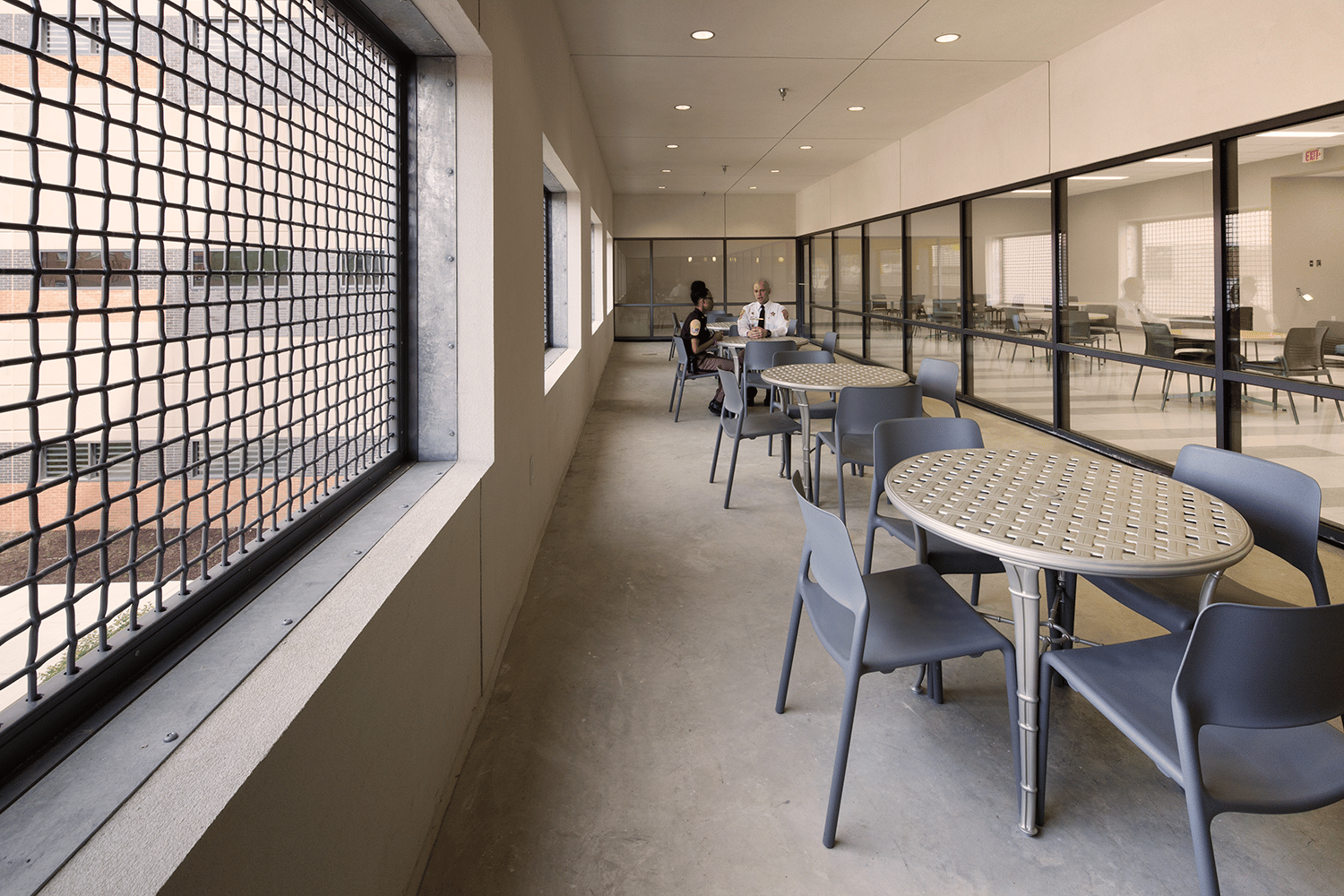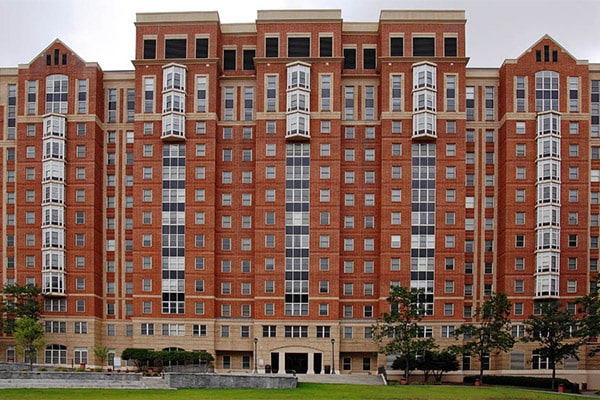
Evaluating Your Maintenance Program
Being able to measure your maintenance program is one of the most valuable and cost-effective tools to have. My ability to evaluate my program tells me what’s working and what’s not, and gives me the information to prove our value every day.
I know — through the performance reporting of my maintenance programs — the amount of time my technicians spend on each work order, the volume and cost in each discipline of that work, and the percentage of time they are actually “turning wrenches.”
If you can’t measure your maintenance program, you can’t understand it. If you can’t understand it, how can you justify your budget or make improvements?
Providing maintenance in correctional facilities is a demanding job. The first step to overcoming the difficulties is putting in place a dedicated team with a specific plan to perform the work. Measuring their work is the second step.
The specific set of needs for each jail or prison, dictated by building age, population type, operational methods and other factors, will determine the facility’s maintenance priorities. Regardless of the situation, preventive maintenance must come first. Prioritizing proactive work activities can reduce the total cost of ownership by reducing operational issues. If your main priority is making repairs when something breaks, you need to revise your approach.
Having the ability to measure information such as the number of preventive maintenance work orders completed, the ratio of preventive maintenance to corrective maintenance and the time it takes to complete a work order, etc., will let building managers know if they are spending their time in the right place.
It’s one thing to say preventive maintenance is a priority to your maintenance staff, but can you show that they’re spending the right amount of time doing the work? Can you demonstrate that you have your priorities in order?
There are hundreds of metrics that can be captured and measured that indicate maintenance and facility performance. Too often we can get bogged down looking at too much data from too many sources. Maintenance managers must prioritize the key performance indicators (KPIs) that mean the most to their facility’s success. This list should be no more than 10 to 15 indicators that align with your determined priorities. Having an appropriate and effective maintenance plan in place will end up saving you time, money and headaches.
Today’s Computerized Maintenance Management Systems (CMMS) are a critical tool in high performing maintenance organizations. They are built to handle all aspects of preventive and corrective maintenance work management and equipment history. When setup properly, with good policies and procedures to ensure accurate information is captured as work is performed, these programs become a vital tool for measuring and evaluating a maintenance program.
Getting maximum value and higher productivity from technical resources requires measurement and accountability.
Maintenance programs that continue to operate in a reactive, run-to-failure model and disregard implementation of today’s best practices continue to waste valuable and costly technical personnel assets. Technicians in a typical maintenance program may only spend 30 percent of an eight-hour day engaged in hands-on wrench time. A quality program must provide the effective use of craft resources so assigned personnel stay productive. Gathering and evaluating technician work data to define Overall Craft Effectiveness (OCE) will indicate if your resources are being managed wisely.
Too often the maintenance budget is seen as an easy target for cost reductions. For correctional facilities, the long-term impact of not spending the right money on maintenance exposes the facility to significant risk. Inmate complaints and unrest, increased vandalism, litigation, and even rulings by outside agencies are common situations when facilities are poorly maintained.
The ability to demonstrate the effectiveness of maintenance funding helps mitigate maintenance budget cuts. Showing that every maintenance technician is an integral part of the program through technician OCE may help avoid layoffs or reassigned personnel. During the good times, additional funds may be made available because previous budgets are well managed.
A periodic and thorough review of your performance compared to your priorities and facility needs will indicate obvious areas of deficiency and weakness. Identifying deficiencies will help maintenance managers understand if they have resources allocated properly, if they are following the established priorities, show trends like vandalism increases or equipment failures, and more. This kind of honest review can provide maintenance managers with a road map to improve maintenance performance.
These methods for measuring the success of your maintenance program are not simple – but with the right approach, they don’t have to be overwhelming.
Gathering and organizing your performance data takes dedication and consistency, and requires training technical personnel on the necessity of tracking details. Time must be allocated every week and every month to report, read and analyze information, but a commitment to documenting your maintenance plan will reap benefits in a very short time.





